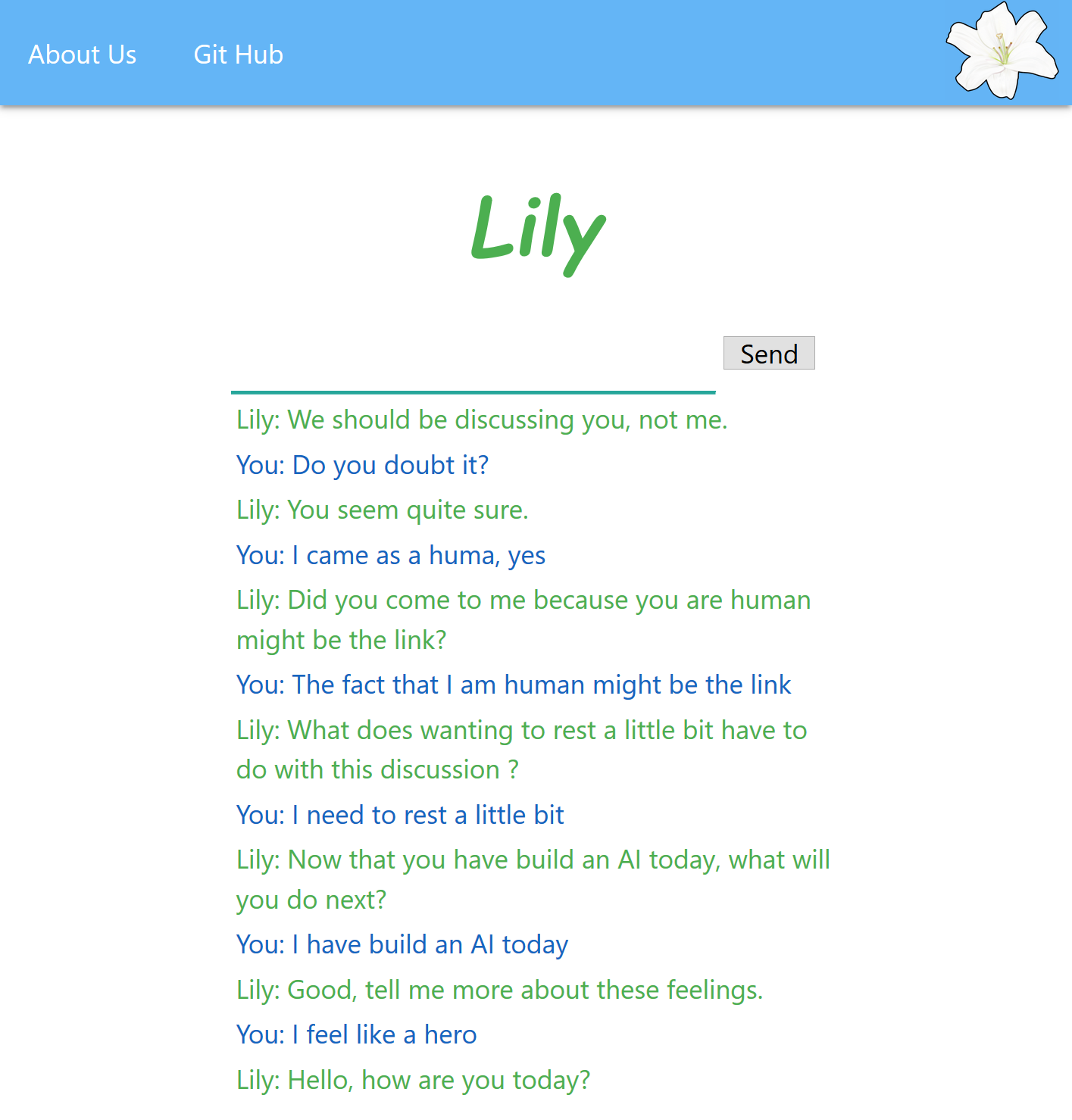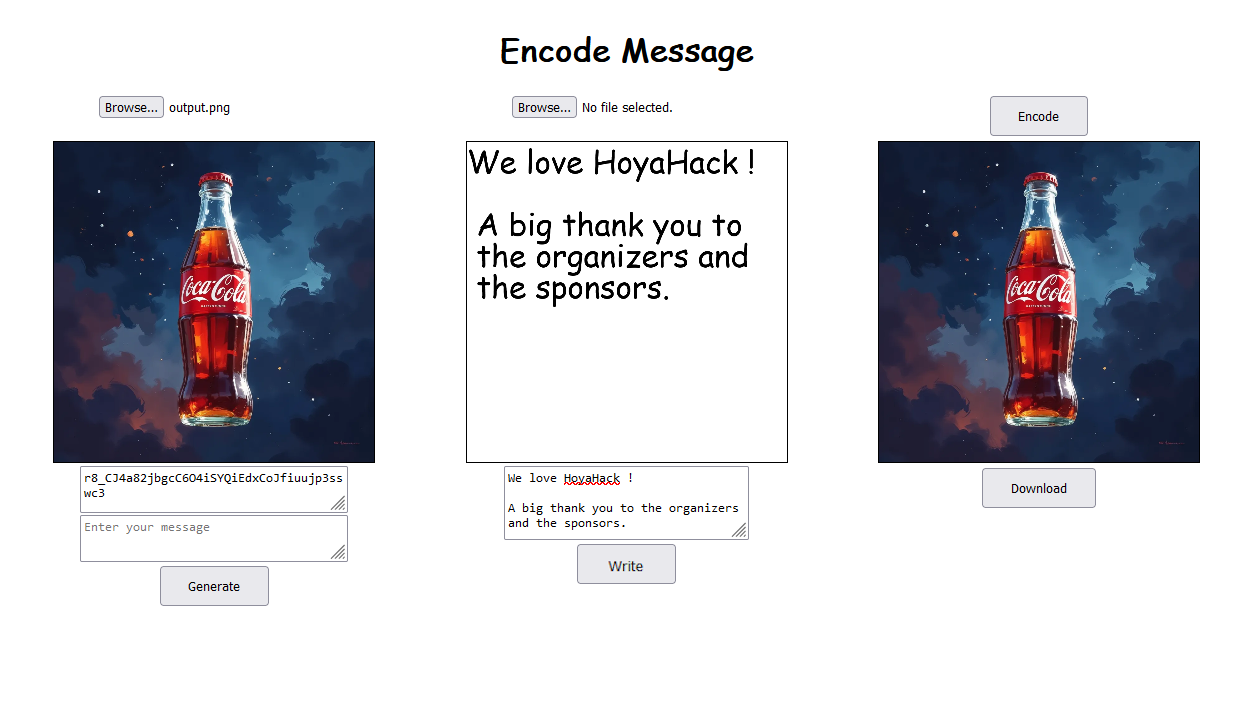
Major League Hacking Hackathon "HoyaHack" hosted by Georgetown University. We won the Databricks prize.

In partnership with ANFR, ISEP is organizing the Hackathon FrHack on March 16 and
17, 2024.
The mission: Optimizing frequency allocation for wireless cameras.
We won the 2nd prize.

In partnership with OUTSCALE and 3iL Ingénieurs, ISEP is organizing the Hackathon IT4Green on January 26 and
27, 2024.
The mission: demonstrate how digital technology can become a valuable ally for the environment, rather than a
challenge to overcome.
This event is an opportunity for you to immerse yourself in the field of eco-responsible digital technology,
discover its tools and references, and confront your ideas with experts in Green IT and IT4Green.
We won the 'refunished' prize.
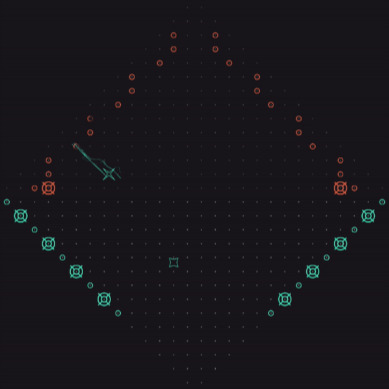
In this competition, the goal is to code a strategy to play a game.
All teams then enter a tournament, ranking the various algorithms produced.
We finished 3rd.

The goal was to use AI to predict where there is vegetation on occluted images, using images taken in the
past.
We finished 4th.
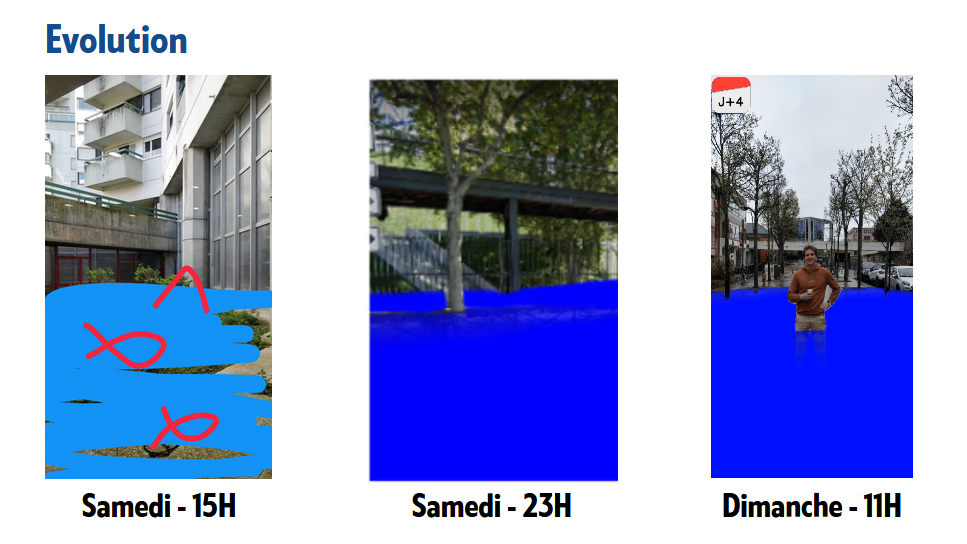
We created a tool to simulate water levels added to an image.
We create a 3D scene from a unique image (using AI to estimate the depth map of the image).
Then, we implemented a single pixel water simulation engine.
We finished 2nd.
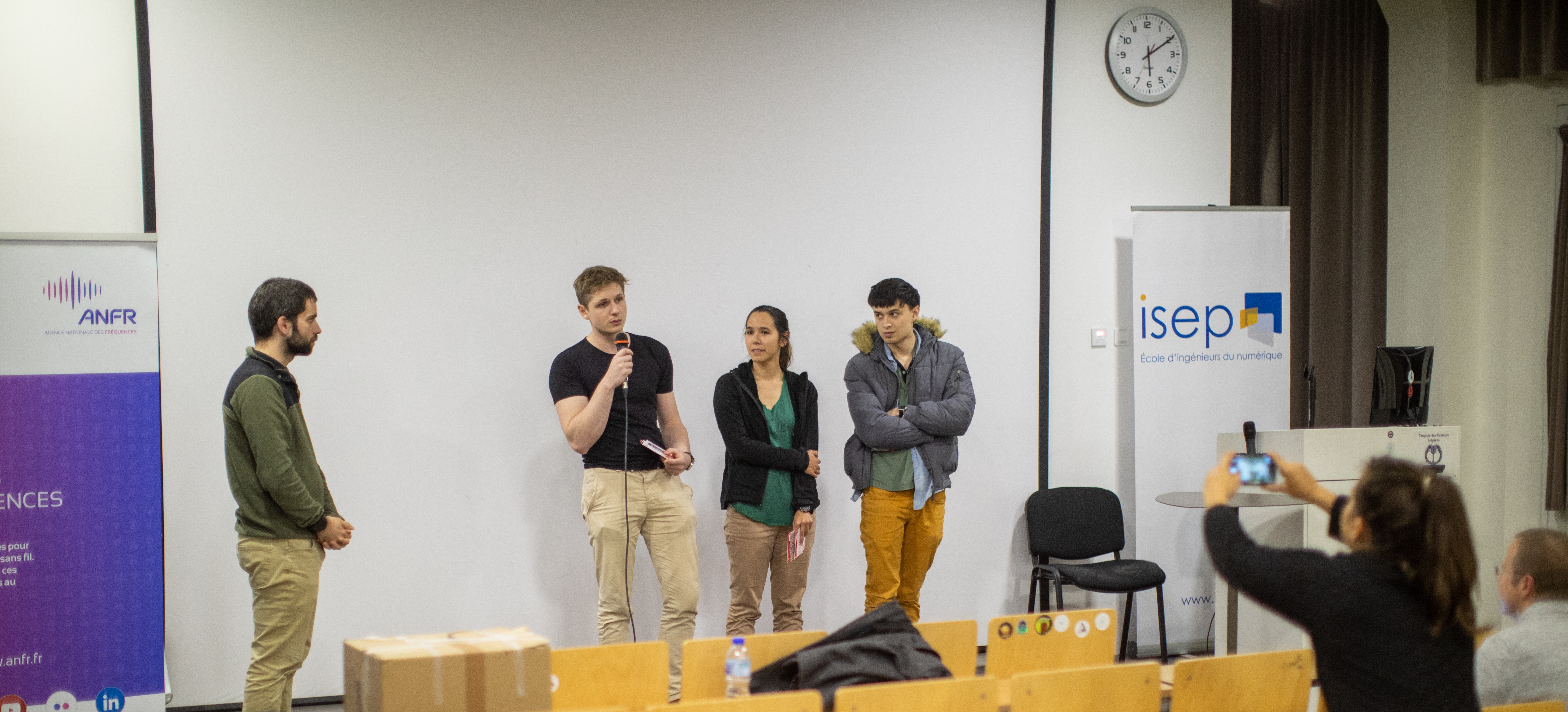
The task of the competition was to find a correlation between phone signal and measures of radiowaves
intensities.
We managed to find such correlations with statistic significance.
Since the data we were given are not public, we unforetunetly cannot publish our results.
We finished 3rd.
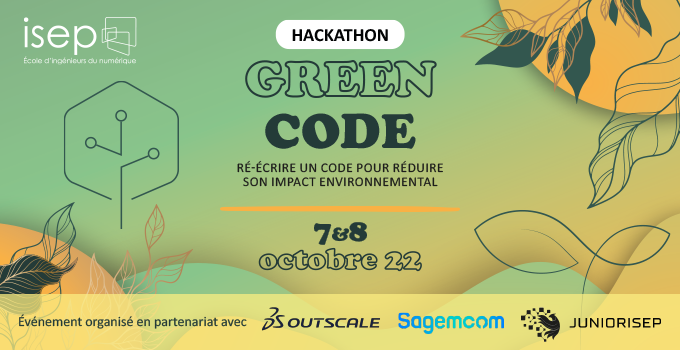
Le but de ce hackathon est de rendre un programme informatique écrit en Python moins énergivore tout en
assurant son bon fonctionnement.
We were proud to win this competition.
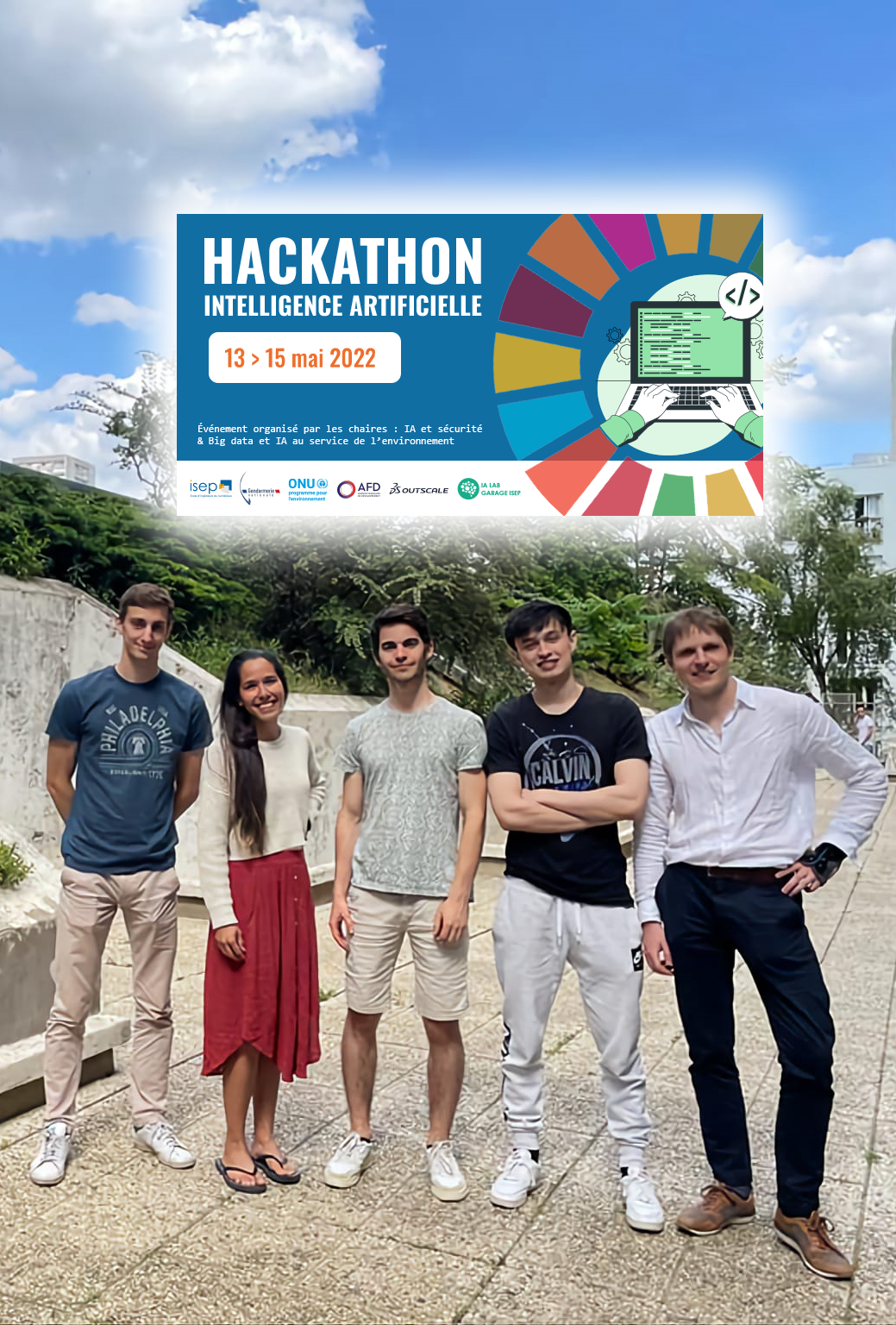
The task of the competition was to create a text to speech AI.
We made benchamarks on the various state of the art text to speech techniques,
and implemented the best combination we found.
This hackathon was in partenership with the "Gendarmerie Nationale",
the "UNEP" (United Nations Envirnmental Program),
the "AFD" (Agence Française du Développement),
3DS Outscale and the AI Lab of ISEP.
We were proud to win this competition.

The task of the competition was to perform changes on a set of faces
(e.g. change the skin color, the pointiness of the nose...).
Some features were labeled, and some were not.
We created metrics for unlabeled features.
Then, we used these to perform the deformation of faces.
We finished 3rd.
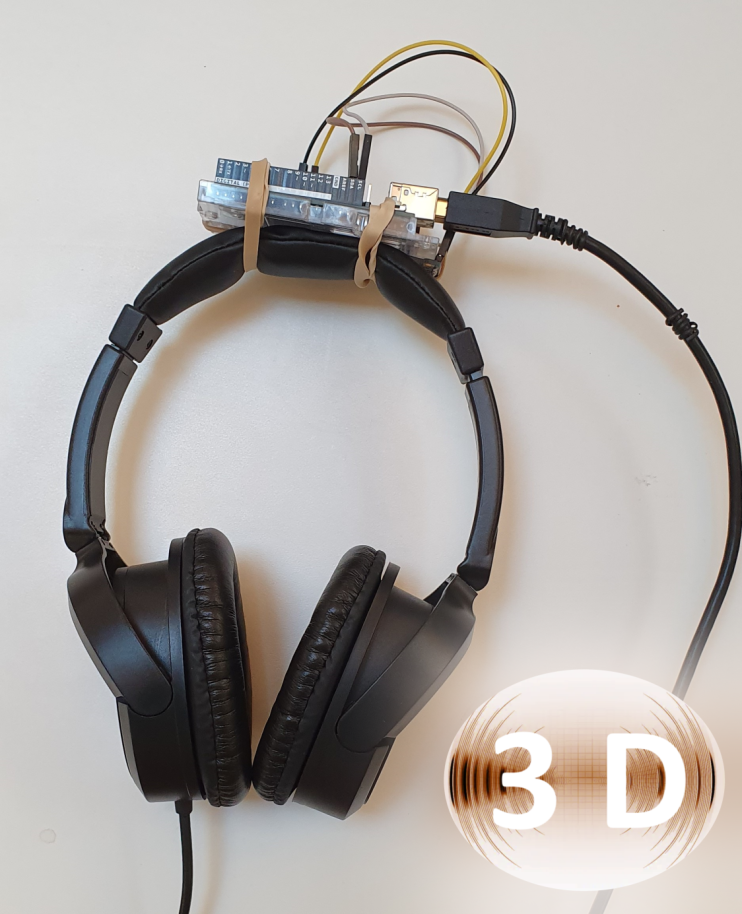
A system of "3D sound": a system to feel like the sound played always come from the same spacial source (when turning the head around).

A physical way to learn programming.

Hardware which translate real-life rotations into rotations in a modelling software.

The fortnite from the 90s.
Prize winner!
(best 90's-like website)
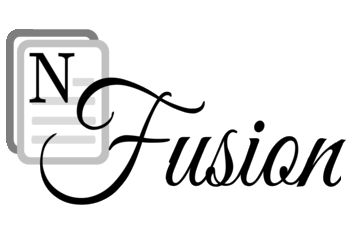
An app to collaborate by merging together lectures notes.
